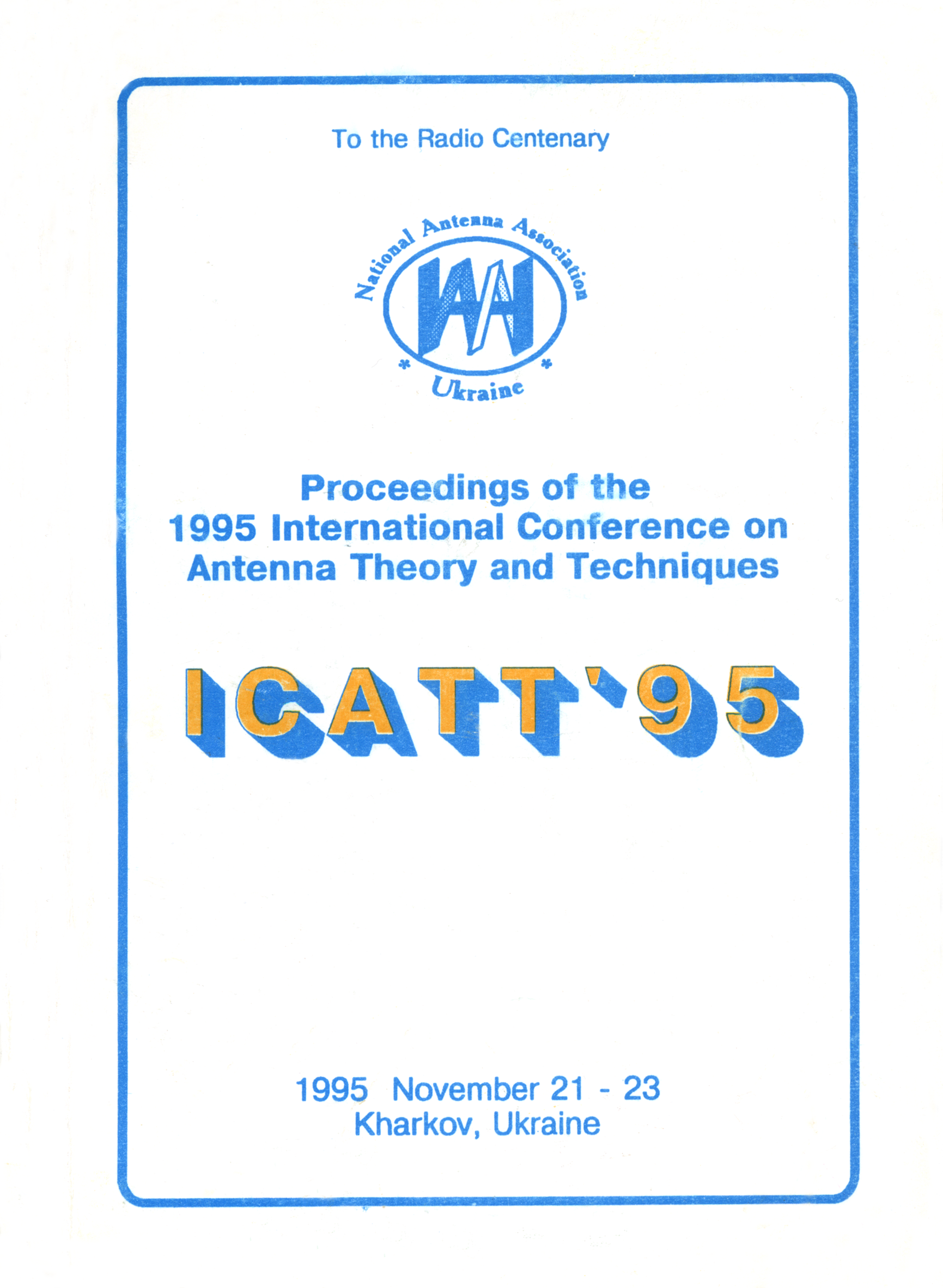The project of reconstruction of the radio telescope DKR-1000
DOI:
https://doi.org/10.1109/ICATT.1995.1234134Abstract
A number of unique scientific investigations has been conducted by means of the radio telescope DKR-1000 since 60's. However, the interference environment in the operating range of the telescope (30-120 MHz) has deteriorated lately, and requirements to the radio astronomical instruments have been increased. DKR-1000 was designed as meridional instrument and has a very limited opportunity of tracking (up to 15 temporary minutes). Thus is absolutely insufficient for the most of areas of scientific research. Therefore it has been decided to extend the sector of scanning to +2 hours, and to improve the interference immunity and sensitivity of the telescope. The first stage of the project supposes the reconstruction of the «East-West» arm of antenna.
The antenna arm has 35 sections with 4 pairs of the wave dipoles in each. To ensure the given sector of tracking and to suppress the significant diffraction lobes inevitable in such a sparse antenna array, it is proposed to develop a combined phase-temporary system of phasing. In each pair of dipoles the counter-phase or in-phase switching is used. The further formation of the pattern is carried out by using three stages of temporary phasing. The central 18-th section is used in two halves of the antenna for calibration and summation/multiplication of signals of halves. The predicted side lobe level is less than 5%.
The distributed, three-stage and three-band system of amplification is closely tied with phasing one and compensates the frequency-de- pendent attenuation. The sub-octave directional filters suppress the second-order intermodulations and divide (summarize) the spectrum of a signal without losses. The amplifiers provide the maximum dynamic range up to the 3-rd order due to using a deep lossless feedback and choosing the optimum gain factor of the amplification modules.
